qPCR signal enhancement White, frosted products and ultra clear products
A number of qPCR cycler brands and models are available in the marketplace. Although they have a lot in common they also differ from each other. There are two major differences a userhas to understand in making the best choice in the disposables as well for generating superior results.
The two major differences are:
- Some brands are using low profile (LP) also called 0.1 ml plates/tubes instead of regular profile (RP) 0.2 ml plates/tubes
- Most cyclers do their optical reading from the top of the plates/tubes, while some do the optical reading through the side of the plate/tubes
For differences in low profile (LP) 0.1 ml plates/tubes, regular profile (RP) 0.2 ml plates/tube see section “Differences in Low Profile, Regular Profile and High Profile products” at page 16.
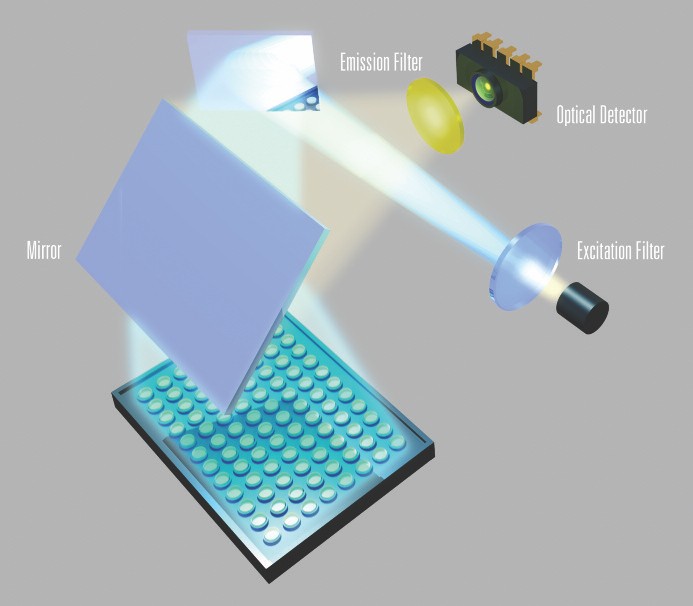
Optical reading through the caps
Optical reading through the caps
qPCR signal to noise ratios can be significantly increased by using frosted qPCR tubes, strips and plates.
Frosted products will generate higher signal to noise ratios (S/N ratios) up to 40% compared to transparent ones. By using frosted products both content visibility and high signal/noise ratio are achieved. White products are superior for enhancing signal to noise ratios. White products greatly enhance signal/noise ratios up to 90% compared to transparent ones and up to 50% compared to frosted products. Possible block pollution of dyes, differences in coatings, and inconsistent coatings can influence qPCR signals. White products will eliminate these interferences while frosted products will reduce the inconsistencies when compared to natural transparent products. Micro-particles, by nature, increase signal to noise ratios in Real-Time PCR applications. BIOplastics BPLPM technology incorporates micro-particles that increase signal to noise ratios in Real-Time PCR applications.
So optical reading through the cap:
White products
Frosted products
Ultra Clear products
High S/N ratios
Moderate S/N ratios
Poor S/N Ratios
Optical reading through the caps Image2
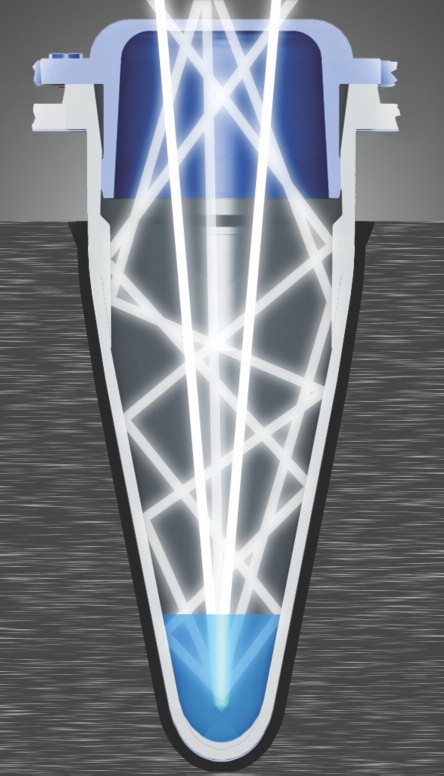
White tube with transparent optical cap High S/N Ratios
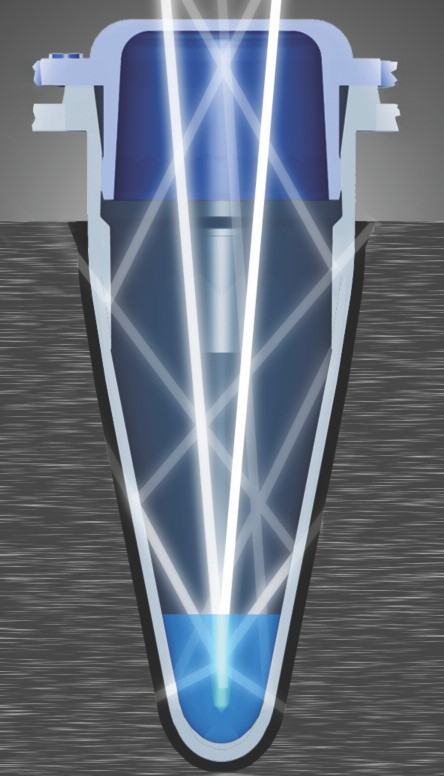
Frosted tube with transparent optical cap Moderate S/N Ratios
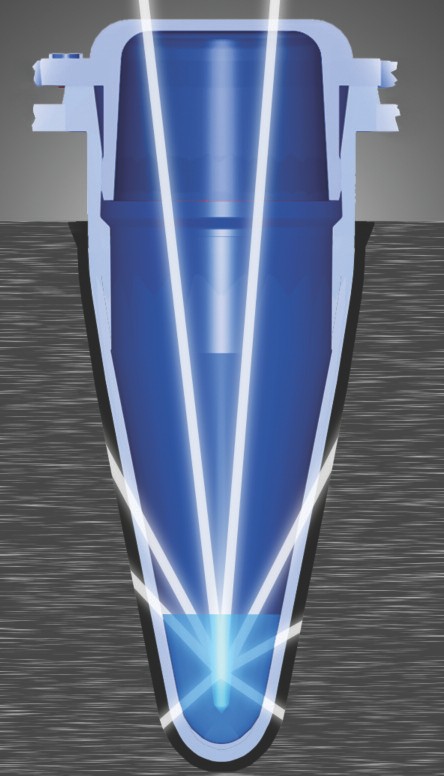
Transparent with transparent optical cap Poor S/N Ratios
Comparison of Real-Time signals when using Ultra Clear, Frosted and white
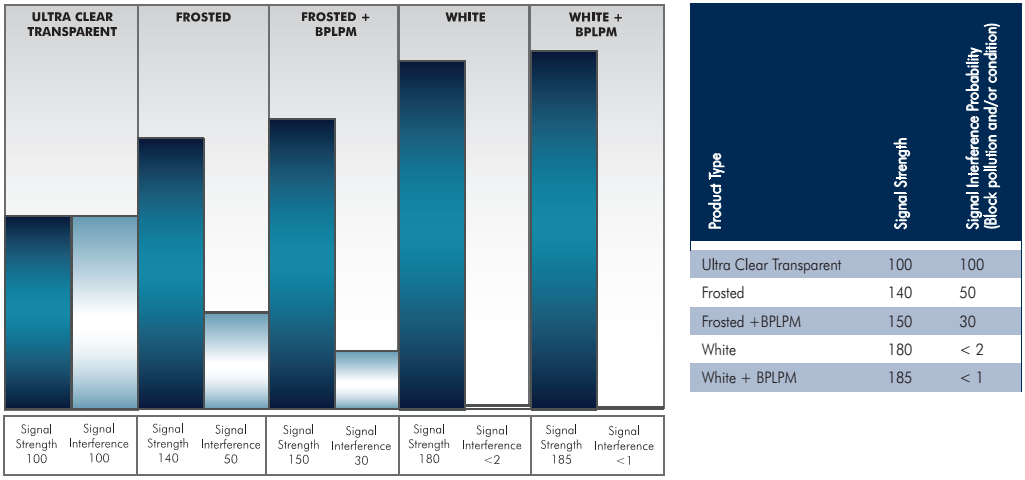
Comparison of Real-Time signals when using Ultra Clear, Frosted and white BIOplastics products.
Based on (q)PCR optical measurements through the cap.
Optical reading through side of the Tubes
Optical reading through side of the Tubes
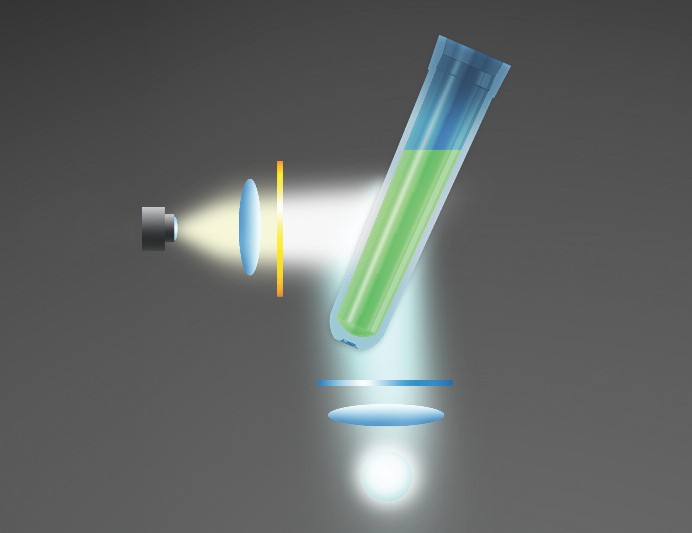
Optical reading through side of the Tube
While many cyclers use the principle of optical reading through the cap, some cyclers generate an optical detection by optical reading through the sides of the tubes. In this case the highest signals are achieved using Ultra Clear (UC) transparent qPCR tubes, strips and plates. Preferably one needs the ultra clear feature at the conical part of the tubes. Beneficially the straight upper part of the tube could be frosted, where as the use of a white cap provides an additional increase of signal to noise ratios (S/N).
Frosted products will generate lower signal/noise ratios compared to Ultra Clear transparent ones.
White caps are superior for enhancing signal/noise ratios compared to transparent ones. White caps enable reflection of “lost fluorescence” resulting in increased signals.
So Optical reading through side of the tube:
Ultra Clear Conical part of tube and white caps
Ultra Clear Conical part of tube and caps
Frosted tube products
Highest S/N ratios
High S/N ratios
Moderate/poor S/N ratios
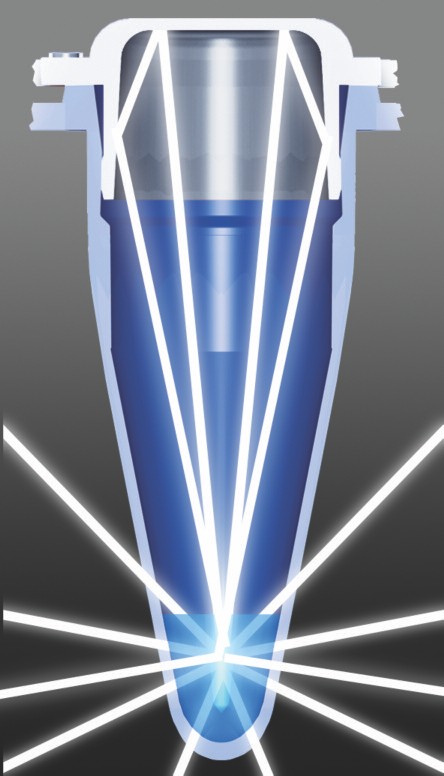
Ultra Clear tube with white cap
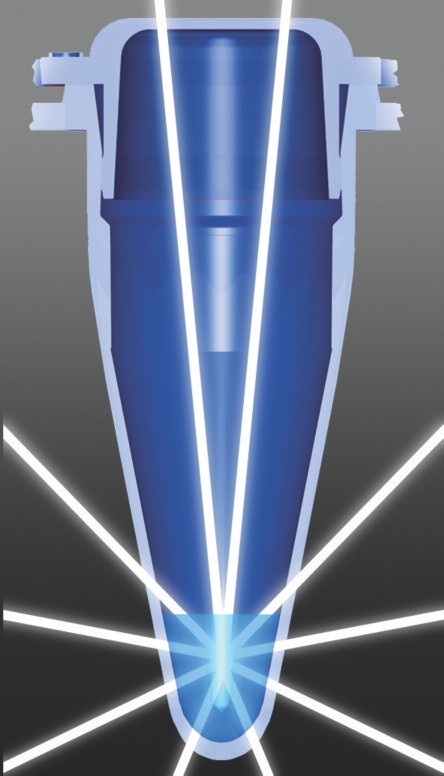
Ultra Clear tube with Ultra Clear optical cap
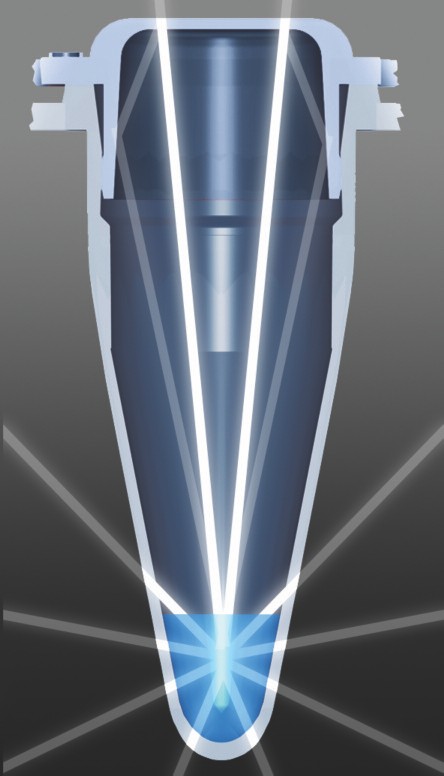
Frosted with frosted cap